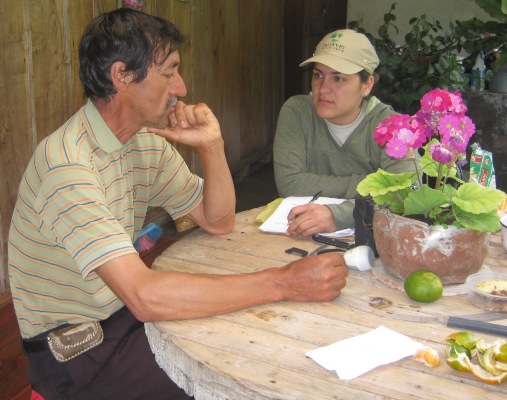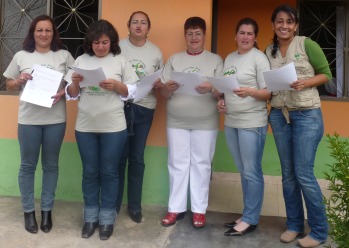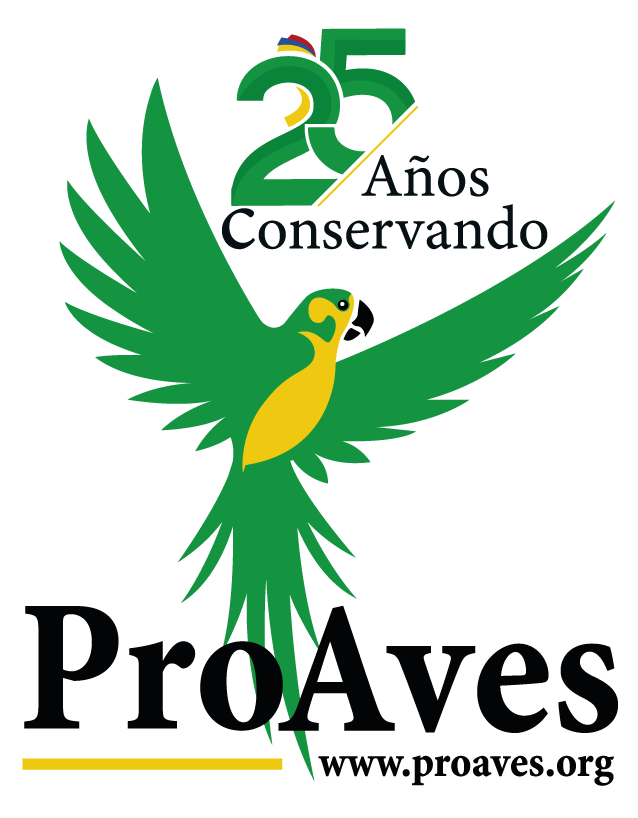
Reciprocal Water Agreements is a strategy that meets many of the characteristics of PES. These are being developed on a medium scale between the municipalities of Roncesvalles (Tolima) with the Cucuana river basin (upper basin as a water regulator) and the urban area of Roncesvalles and El Espinal (Tolima) (lower basin as users of this water supply) .
This strategy has been developed thanks to the support of RARE Conservation, Roncesvalles Municipal Mayor’s Office, Roncesvalles Municipal Council, Roncesvalles Public Services Company ESPRON, the community of the La Yerbabuena, El Coco, San Miguel, San Marcos, Cucuanita villages , Tesoro and the USOCOELLO Irrigation District.
Location:
The Cucuana basin as a whole has 187,662 hectares (Roncesvalles, San Antonio, Rovira Guamo and Ortega). Only the upper part of the basin in Roncesvalles has more than 11,000 hectares; We are also linking the Cucuanita sub-basin, which is 8,142 hectares, the San Marcos river sub-account, which has 10,183 hectares, and the Quebrada el Arbolito micro-basin, which has 490 hectares, from which they take the water for the urban area of Roncesvalles.
Beneficiary human population:
The development of the PSA program will benefit more than 10,000 people, between owners and users of domestic consumption and irrigation in the two municipalities.
Biodiversity:
This project will contribute to the conservation of a population of yellow-eared parrots of more than 800 individuals, plus a large number of species of animals and plants that inhabit these two ecosystems (páramos and high Andean forest), which are also to some degree threat.
Objective:
The objective of this tool is to conserve the moors and forests located in the upper part of the Cucuana River as water regulators and habitat of the yellow-eared parrot, an AZE species and in danger of extinction by paying economic incentives to the owners with the support of the creation of a water fund which will be nourished by resources from the municipality and downstream users.
This tool will be developed in parallel with a social marketing strategy which will promote a change in behavior in the community that owns and uses the Cucuana basin.

Currently it has been developed:
1. Delimitation of the work area.
2. Consensus workshops with the upper and lower basin communities.
3. Opportunity cost evaluation.
4. Meetings with the sidewalks.
5. Meetings with key stakeholders.
6. Legal study establishment of the fund.
